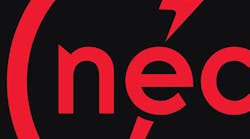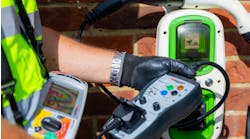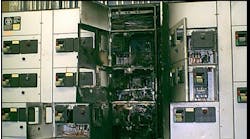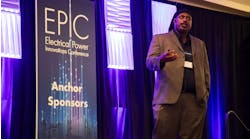The first four chapters of the NEC apply to all installations, except as modified by Chapters 5, 6, 7, and 8.
Upon first glance, Chapter 5 [Special Occupancies] may seem overwhelming — especially if you’re trying to find the requirements for a particular hazardous location. And if your occupancy isn’t a hazardous location, do you have to wade through the whole chapter to make sure it’s not in there?
Fortunately, there’s a logic to how this chapter is arranged. You can divide it into themes that put related Articles (similar occupancies) together:
- Hazardous locations [Articles 500 through 510].
- Places having to do with car/aviation fuels and paint-type solvents [Articles 511 through 516].
- Health care facilities [Article 517].
- Places that may be densely packed with people (theaters, amusement parks, circuses, motion picture studios) [Articles 518 through 530].
- Motion picture projection rooms [Article 540].
- Specific types of buildings and vehicles and related locales (manufactured buildings, agricultural buildings, mobile homes, RVs, floating buildings, marinas) [Articles 545 through 555].
- Temporary installations [Article 590].
Of course, you can just use the Table of Contents to see if your occupancy is listed. So why care about the themes?
For one thing, understanding the themes may be useful to examine the requirements for a similar occupancy to help determine the intent of a particular requirement that seems unclear.
Also, what if your type of occupancy isn’t specifically listed by name? If you understand the themes, you can more easily place your occupancy in the correct article. But perhaps the best reason is that understanding the themes means you won’t feel overwhelmed when turning to Chapter 5. It’s all arranged logically. Now you know the logic behind the arrangement.




